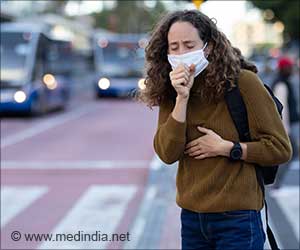If a model by scientists at the University of Bath turns out to be successful, then straw houses might turn out to be the buildings of the future.
Researchers at the University of Bath will be testing this summer by constructing a "BaleHaus" made of prefabricated straw bale and hemp cladding panels on campus.Straw is the ultimate environmentally friendly building material since it is renewable and is a by-product of farming.
The crop used for the straw can be grown locally, and because it absorbs carbon dioxide (CO2) as it grows, buildings made from it can be seen as having zero, or even a negative carbon footprint.
Also, due to its high insulating properties, houses made of straw bales need almost no conventional heating, keeping running costs low and minimising environmental impact.
The research team will be assessing straw bales and hemp as building materials so that they can be used more widely in the building industry for housing, helping the UK achieve its targets for reducing carbon emissions.
The two storey BaleHaus to be built on campus will be made using 'ModCell' - pre-fabricated panels consisting of a wooden structural frame infilled with straw bales or hemp and rendered with a breathable lime-based system.
Advertisement
"Standard bales are 450 mm thick and provide very high levels of insulation so you need very little additional heating," he added.
Advertisement
"We're putting sensors into the walls to monitor temperature and humidity levels, and using technology to simulate the heat and moisture generated by people," said Dr Katharine Beadle, the principle researcher on the project.
"Made from natural materials that are beautiful, affordable and sustainable, BaleHaus is a living, breathing home that is cool in summer and warm in winter, helps families reduce their CO2 footprint without compromising how they choose to live their lives and sets a new and very different benchmark for sustainable homes in the 21st century," said Craig White, Director of White Design and ModCell.
Source-ANI
SRM









